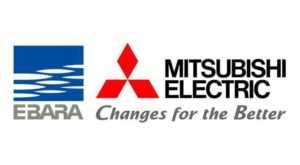Warm weather behind smaller ozone hole
5th November 2017
USA: Warmer than average weather conditions this year are said to account for satellite measurements showing the hole in the Antarctic ozone layer as the smallest since 1988.
The latest observations from scientists at NASA and NOAA show the ozone hole reaching its peak of 7.6 million square miles on September 11, and then declining through the remainder of September and into October.
This compares favourably to 2016 when the ozone hole reached a maximum 8.9 million square miles, 2 million square miles less than in 2015. The average area of these daily ozone hole maximums observed since 1991 has been roughly 10 million square miles.
However, scientists warn that the smaller ozone hole extent in 2016 and 2017 is due to natural variability and not a sign of rapid healing.
Although warmer than average stratospheric weather conditions have reduced ozone depletion during the past two years, NASA says the current ozone hole area is still large because levels of ozone-depleting substances like chlorine and bromine remain high enough to produce significant ozone loss.
“The Antarctic ozone hole was exceptionally weak this year,” said Paul A Newman, chief scientist for Earth Sciences at NASA’s Goddard Space Flight Center in Greenbelt, Maryland. “This is what we would expect to see given the weather conditions in the Antarctic stratosphere.”
First detected in 1985, the Antarctic ozone hole forms during the Southern Hemisphere’s late winter as the returning sun’s rays catalyze reactions involving man-made, chemically active forms of chlorine and bromine. These reactions destroy ozone molecules.
Since 1987, the Montreal Protocol has been regulating ozone-depleting compounds, as found in synthetic CFC and HCFC refrigerants. Scientists expect the Antarctic ozone hole to recover back to 1980 levels around 2070.







